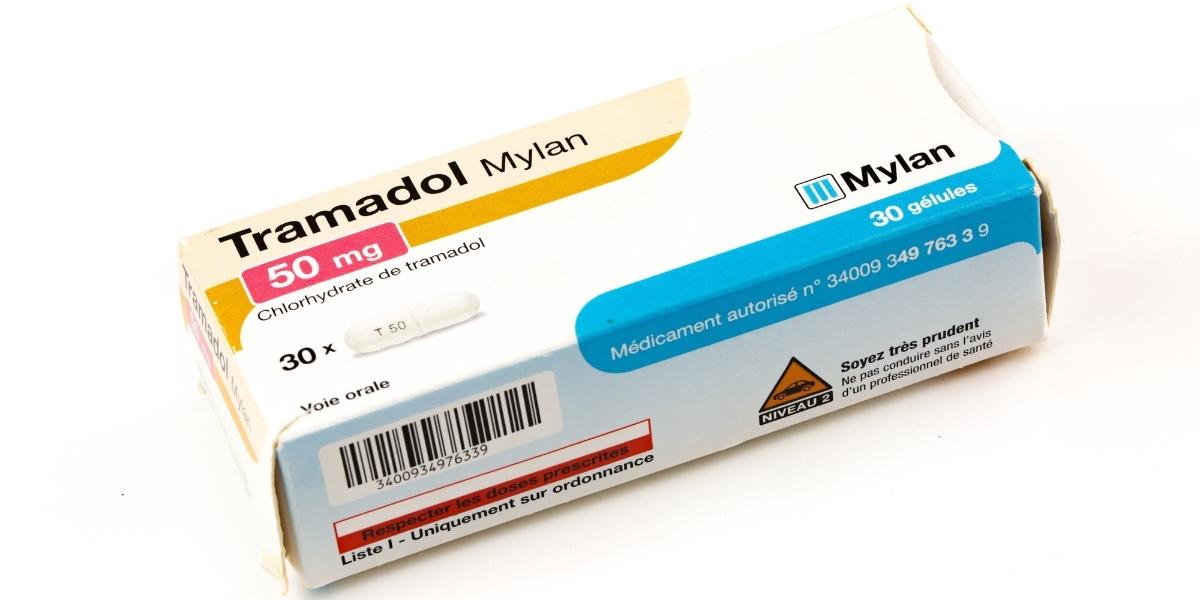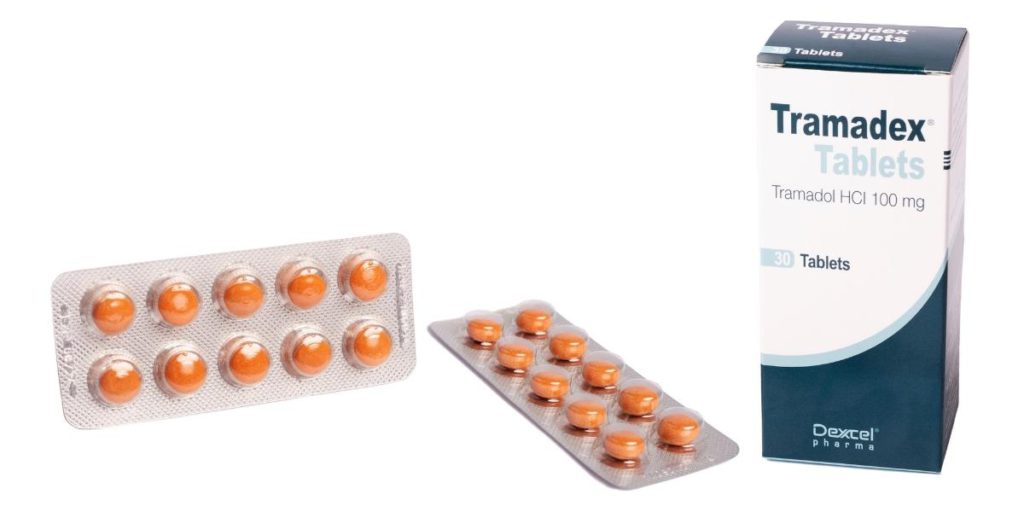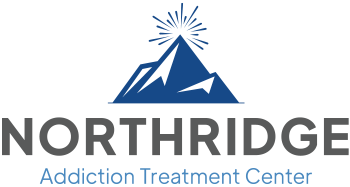Tramadol Addiction and Treatment

Tramadol is a synthetic opioid pain killer prescribed for moderate to severe pain. When people discuss opioid addiction and abuse, Tramadol is rarely the first medication to come to mind. Still, it is an opioid analgesic, a medication that acts on opioid receptors for pain relief with a high risk of addiction, side effects, and withdrawal symptoms.
Because it is not as powerful as other opioids, Tramadol is a schedule IV drug in the United States, leading many people to falsely assume it is safe to use with very few risks.
Tramadol addiction has been an ongoing problem since the drug’s introduction in 1995. Even when users closely follow medical professionals’ instructions, they can still develop an opioid use disorder with prolonged use. Knowing the signs and symptoms of Tramadol addiction can help you avoid the risks of long-term addiction and find treatment programs to help you overcome it.
What Is Tramadol?
Tramadol is an opioid analgesic prescribed to help manage moderate to severe pain, especially pain that doesn’t respond to non-opioid medications.
Tramadol comes in immediate-release or extended-release capsules taken orally. Generally, doctors prescribe immediate-release for short-term pain; extended-release is long-acting and used for therapeutic chronic pain management.
Other brand names for Tramadol include:
- Ultram
- Ultram ER
- ConZip
- Ryzolt
- Ultracet
- Tramadex
Tramadol binds to opioid receptors in the brain and throughout the central nervous system to reduce and regulate pain signals from the body to the brain.
A unique part about Tramadol is that it also contains monoamine reuptake inhibitors (MRI), which affect serotonin and norepinephrine production. Serotonin and norepinephrine are both naturally produced chemicals that help relay signals between the brain and body to regulate biological functions like blood pressure, attention, memory, sleep patterns, breathing, and hormone production. The MRI works to counteract the sedative and depressive aspects of the opioid.
Tramadol is the least potent opioid analgesic, a medication that acts on opioid receptors for pain relief. It doesn’t bind as strongly to receptors as other opioid family members like morphine and oxycodone.
Because of its lower potency, Tramadol is a schedule IV drug in the United States. Schedule IV drugs still have the potential for abuse and addiction, leading to substance use disorders. Other schedule IV drugs include Valium, Xanax, and Ambien.
Tramadol abuse is considered an opioid use disorder and often requires professional treatment programs to overcome psychological and physical dependence. However, interestingly, Tramadol overdoses are less responsive to Narcan (Naloxone) than other opioid overdoses.

How Addictive Is Tramadol?
Tramadol addiction becomes more likely with prolonged use or when someone takes more frequent and higher doses than recommended. One of the main contributing factors to Tramadol addiction in the United States is the mistaken notion that it is safer because it is less potent than other opioids, leading to more widely available prescriptions.
Although it is on the less potent end of the spectrum, Tramadol is an opioid with inherent abuse and dependence potential. Combining it with prescription or illicit drugs increases its addiction potential. Many people addicted to Tramadol have no history of drug abuse and became addicted after being prescribed the medication by a doctor.
Because Tramadol doesn’t cause severe sedation or feelings of depression, many people don’t associate it with traditional opioid addiction; however, the longer it is abused, the more those effects will become noticeable.
Tramadol Abuse
Tramadol was approved for use in the United States in 1995 and marketed as a non-controlled, less addictive alternative to other opioid analgesics to treat moderate to severe pain.
As it became more widely used, doctors reported increasing cases of abuse and addiction, prompting the United States Drug Enforcement Agency (DEA) to classify Tramadol as a schedule IV drug in 2014. The label now warns about its addiction and abuse potential.
The DEA reports that narcotic addicts, chronic pain patients, and health professionals are the most likely to abuse Tramadol.
In 2018, 36.5 million people filled prescriptions for Tramadol. The National Survey on Drug Use and Health (NSDUH) is conducted annually in the United States to gauge drug and alcohol abuse throughout the country. The NSDUH defines misuse as “use in any way not directed by a doctor, including use without a prescription of one’s own; use in greater amounts, more often, or longer than told to take a drug; or use in any other way not directed by a doctor.”
1.5 million people reported misusing Tramadol during the 2018 National Survey on Drug Use and Health. However, the actual number may be higher due to people hiding or lying about drug addiction or abuse.
Between 2005 and 2011, emergency department visits involving Tramadol increased by 226 percent. 60% of the emergency department visits involved only the drug; the other 40% involved a combination of Tramadol and other drugs.

Tramadol Addiction Signs and Symptoms
Tramadol addiction can be challenging to recognize, especially in patients who begin taking it for medical conditions.
Physical dependence is different from addiction. Many people dependent on Tramadol manage to live fulfilled and active lives. Although, Tramadol addiction has physical, behavioral, and health effects that will become more obvious as it becomes more severe.
Signs of Tramadol abuse and addiction include:
- Taking more or higher doses than prescribed
- Running out of their prescription ahead of scheduled refills
- Visiting different doctors to obtain more prescriptions
- Cravings
- Getting it from friends, family members, or off the streets
- Stocking up
- Frequently appearing out of it or high
- Isolating
- Unexplainable mood swings
- Continuing to take it despite adverse side effects and health issues
- Serotonin syndrome
- Withdrawal symptoms
Serotonin Syndrome
Serotonin is a chemical responsible for regulating attention, digestion, body temperature, behavior, blood flow, and breathing. When the body is overactivated with serotonin, usually because of a medication or combination of medications, serotonin syndrome occurs and causes many mental status changes.
High doses of Tramadol or combining it with other drugs and supplements can cause serotonin syndrome because it interacts with the central nervous system, causing higher serotonin concentrations throughout the body.
Serotonin syndrome is a drug reaction that can resolve itself when the drugs detox from the body entirely. However, serotonin syndrome can quickly become life-threatening if you continue to mix drugs or increase the doses.
Symptoms of serotonin syndrome include:
- Confusion
- High blood pressure
- Rapid heartbeat
- Stiff muscles
- Excessive sweating
- Shivering
- Goosebumps
- Twitching
- Intense headache
- Dilated pupils
- High fever
- Seizures
- Unconsciousness
- Coma
Some symptoms of serotonin syndrome are like Tramadol overdose symptoms. If you believe you are experiencing either, treat it as a medical emergency and seek help immediately.
Medications that can interact with Tramadol to cause serotonin syndrome include:
- Antidepressants containing selective serotonin reuptake inhibitors (SSRIs), serotonin and norepinephrine inhibitors (SNRIs), or monoamine oxidase inhibitors (MAOIs)
- Tricyclic antidepressants
- Anti-migraine medications
- Herbal supplements
- Other opioid-based pain medications
- Lithium
- Cough and cold medications
- LSD
- MDMA, or ecstasy
- Cocaine
- Amphetamines
Being honest with your doctor and pharmacist about other medications, drugs, or supplements you are taking is crucial to staying safe and avoiding dangerous drug interactions and accidental overdoses.

Tramadol Withdrawal Symptoms
Tramadol is an opioid that causes physical and mental dependence; if you stop taking it cold-turkey or too quickly, it can cause withdrawal symptoms.
Safely quitting Tramadol requires a careful, professional approach to avoid dangerous and sometimes life-threatening withdrawal symptoms.
The length and severity of Tramadol withdrawal will vary for every person. Symptoms of Tramadol withdrawal include:
- Sweating
- Muscle aches and pain
- Nausea
- Diarrhea
- Anxiety
- Depression
- Irritability
- Insomnia
- Headaches
- Loss of appetite
- Confusion
- Blurred vision
- Hallucinations
- Tremors
- Chills
- Restlessness
- Drug cravings
The unpleasantness and intensity of withdrawal symptoms frequently lead to relapsing or avoiding trying to quit altogether. Medical professionals recommend medical detox followed by appropriate treatment programs for safely and successfully treating Tramadol withdrawal and addiction.
Tramadol Addiction Treatment
If you or a loved one needs treatment for Tramadol addiction, help is available. At Northridge Addiction Treatment Center, our goal is your recovery. We ensure lifelong, meaningful freedom from substance use by addressing all aspects of your addiction with evidence-based rehab.
Our residential treatment facility offers onsite medical detox with comfort and privacy while you receive 24-hour care and attention through withdrawal. Our licensed and compassionate staff supports you every step of your journey to recovery, building the knowledge and skills to reclaim your life free from substance use.
Reach out to a treatment specialist today.
Find Meaningful Recovery
Our caring and compassionate specialists are eager to help you comfortably navigate this journey to recovery. Our individualized treatment plan, programs, and therapies may be a perfect match for you or your loved one. Let us assist you in living the happy life you deserve. It starts with a phone call.




